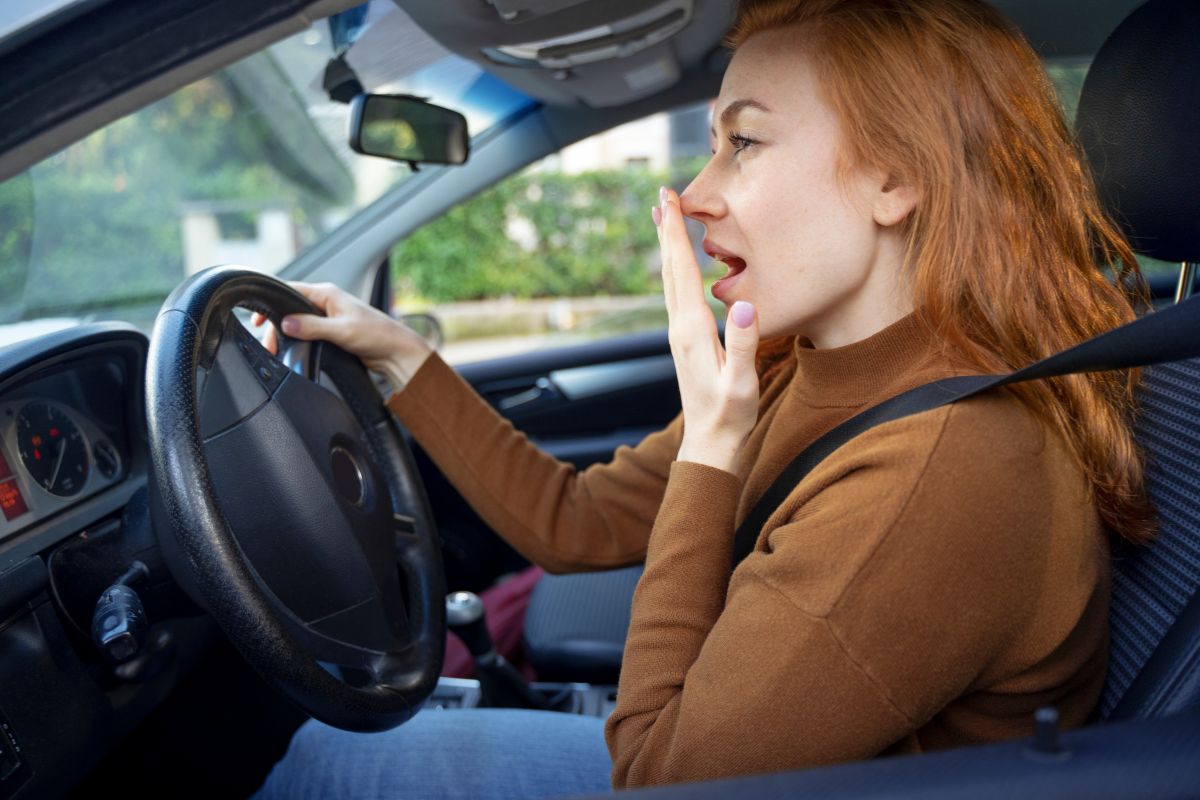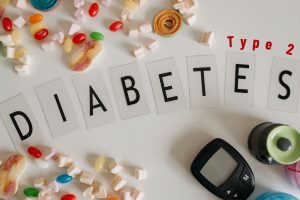Narcolepsy, a chronic neurological disorder characterized by overwhelming daytime drowsiness and sudden sleep attacks, can significantly impact an individual’s ability to drive safely. Understanding the complexities of narcolepsy and its effects on driver alertness is crucial for navigating the challenges of operating a vehicle with this condition. In this comprehensive guide, we explore strategies and recommendations for managing narcolepsy symptoms, creating a supportive driving environment, developing personalized safety plans, and utilizing technology to enhance road safety for individuals living with narcolepsy. By implementing these guidelines, individuals with narcolepsy can enhance their driving safety and minimize the risks associated with this condition.
Understanding Narcolepsy and Its Impact on Driving
Overview of Narcolepsy
It is like having a comfy bed follow you around everywhere, tempting you to nap at a moment’s notice. It’s a chronic sleep disorder that messes with your brain’s ability to regulate sleep-wake cycles, leading to excessive daytime sleepiness.
Effects of Narcolepsy on Driver Alertness
Imagine trying to drive while your brain insists on a spontaneous siesta. It can cause sudden sleep attacks, impaired concentration, and slower reaction times, turning your cruise down the highway into a potential snooze fest.
Statistics on Narcolepsy-Related Accidents
Drowsy driving is no joke, especially when narcolepsy joins the party. Studies show that individuals with narcolepsy have a higher risk of traffic accidents due to their struggle to stay awake behind the wheel. Keep those eyes open, folks!
Managing Narcolepsy Symptoms to Ensure Safe Driving
Medical Treatments
From stimulants to antidepressants, there’s a pharmacy aisle dedicated to managing narcolepsy symptoms. Consulting with a healthcare provider can help you find the right medication to keep those spontaneous nap urges at bay.
Lifestyle Changes to Improve Symptom Management
Who needs all-night Netflix binges when a consistent sleep schedule can work wonders? Simple changes like regular exercise, healthy eating habits, and avoiding caffeine close to bedtime can help regulate your sleep patterns and improve daytime alertness.
Importance of a Regular Sleep Schedule
Picture your sleep schedule as a celebrity’s itinerary – strict, non-negotiable, and crucial for your well-being. Maintaining a consistent sleep routine can help manage narcolepsy symptoms and ensure you’re rested and ready to hit the road without dozing off.
Creating a Narcolepsy-Friendly Driving Environment
Vehicle Modifications
Forget fancy gadgets; sometimes, all you need are comfy seats and good ventilation to keep you alert on the road. Consider ergonomic adjustments or seat cushions to optimize comfort and minimize fatigue during your drive.
Optimizing Comfort and Alertness While Driving
Who wants a bumpy, uncomfortable ride? Creating a cozy driving sanctuary with the right temperature, music playlist, and maybe even a gentle voice assistant can keep you awake and focused during your journey.
Minimizing Distractions in the Vehicle
No, your pet parrot doesn’t need to accompany you on every drive. Minimize distractions like rowdy passengers, loud music, or scrolling through a playlist like your life depends on it. Focus on the road ahead, not the dance moves of your favorite artist.
Developing a Personalized Driving Safety Plan
Consulting with Healthcare Providers and Specialists
Your healthcare provider isn’t just there to hand out lollipops – they can help you create a personalized plan to manage your narcolepsy symptoms while driving. From medication adjustments to sleep hygiene tips, they’ve got your back (and your steering wheel).
Setting Realistic Driving Limits and Boundaries
No need to channel your inner Fast and Furious; set realistic boundaries based on your comfort level and symptoms. Whether it’s limiting long drives or scheduling breaks, knowing your limits can keep you safe and snooze-free on the road.
Establishing Emergency Protocols for Narcolepsy Episodes
In case narcolepsy decides to pull a surprise party while you’re driving, have a plan in place. Whether it’s pulling over safely, contacting a trusted friend or family member, or knowing when to call emergency services, preparedness can make all the difference when drowsiness hits.
Safe Driving with Narcolepsy: Guidelines for Road Safety
Utilizing Technology and Tools for Safer Driving with Narcolepsy
Driving with this can present unique challenges, but with the advancements in technology, there are tools and devices available to enhance safety on the road. From narcolepsy-friendly driving apps to in-vehicle monitoring systems, these innovations can greatly benefit individuals managing narcolepsy while driving.
Narcolepsy-Friendly Driving Apps and Devices
Friendly driving apps are designed to assist individuals in staying alert and focused while behind the wheel. These apps often include features like alarm reminders for scheduled breaks, voice-activated controls, and even fatigue detection systems that prompt the driver to pull over when signs of drowsiness are detected.
Benefits of In-Vehicle Monitoring Systems
In-vehicle monitoring systems can provide real-time feedback on the driver’s alertness levels and driving performance. These systems use sensors to monitor factors such as steering patterns, lane deviations, and even eye movement to detect signs of drowsiness or distraction. These systems can help prevent accidents and improve road safety by alerting the driver to potential risks.












